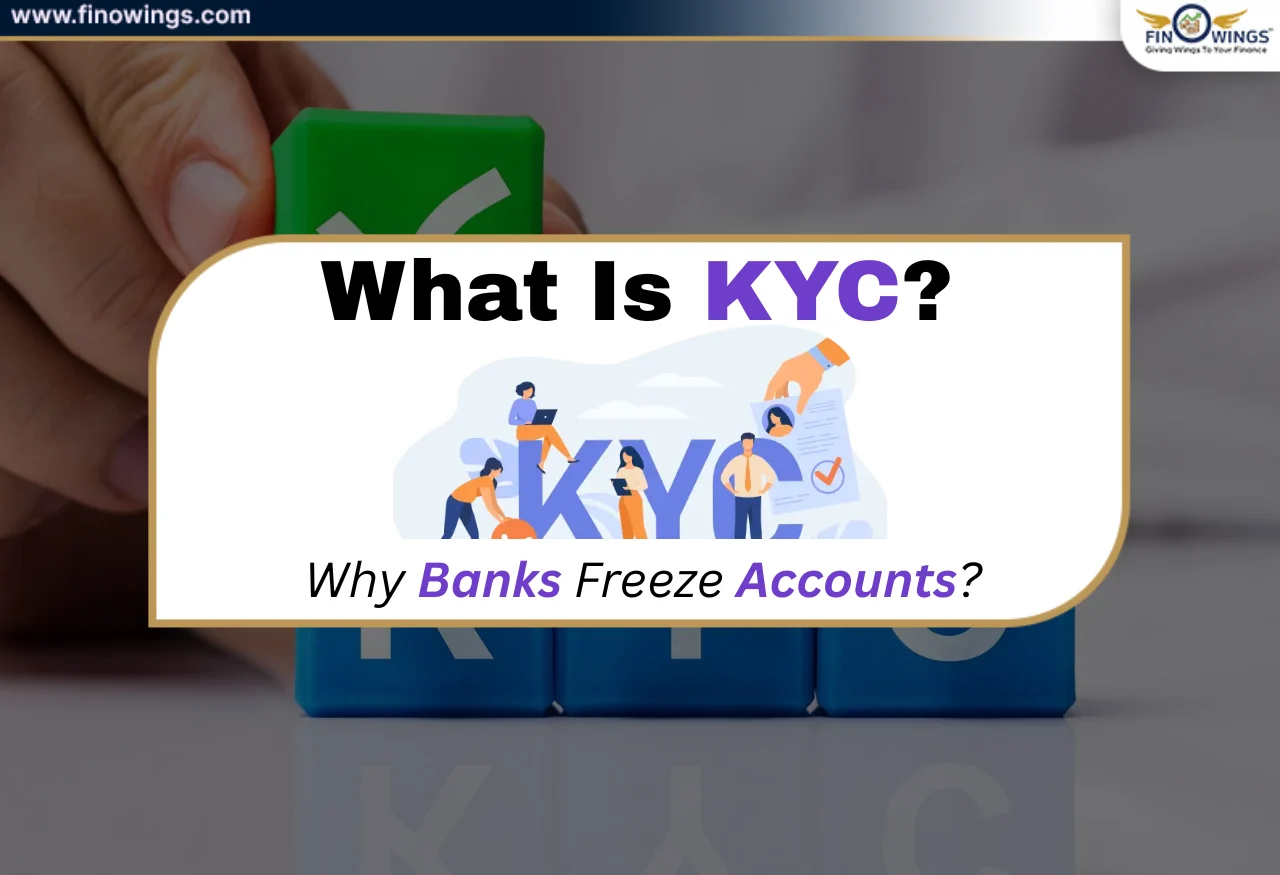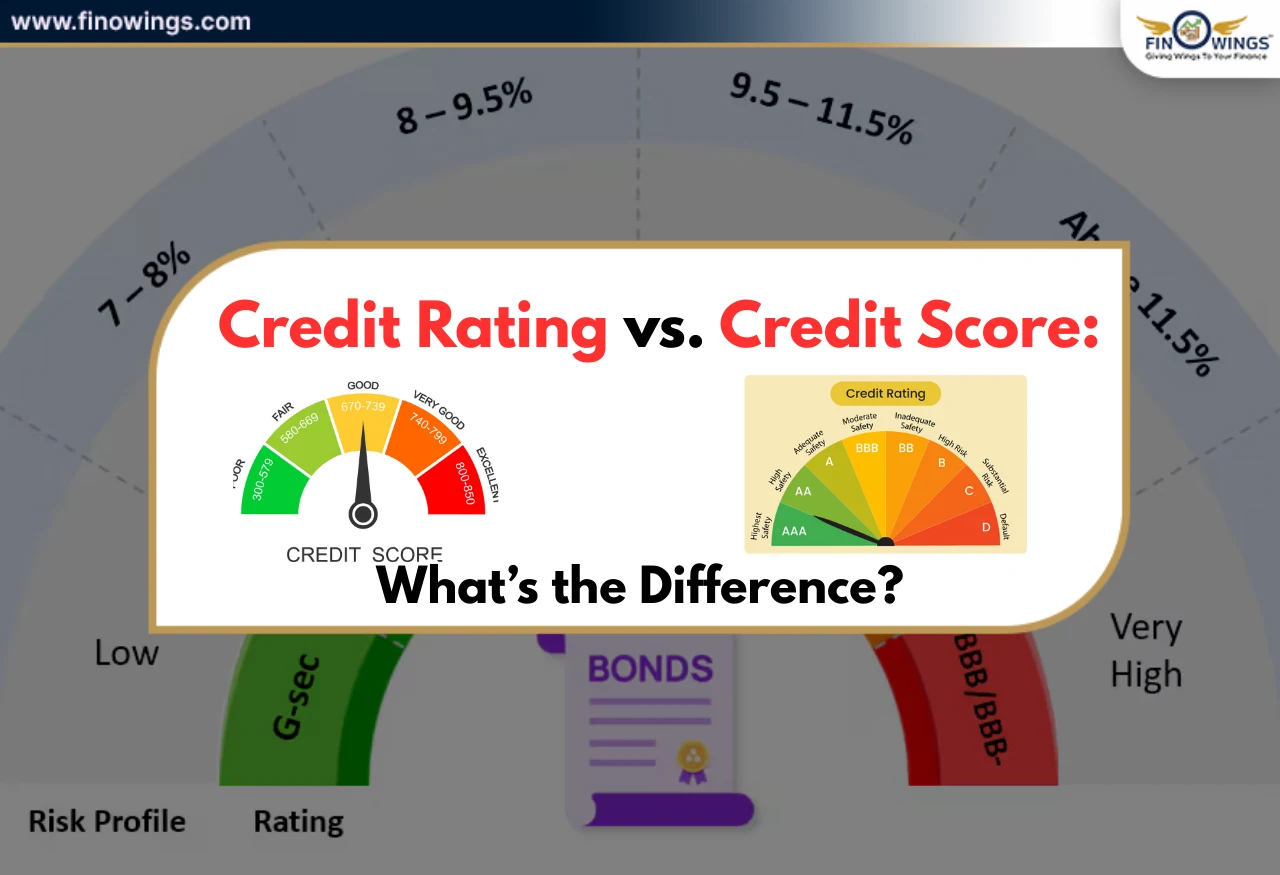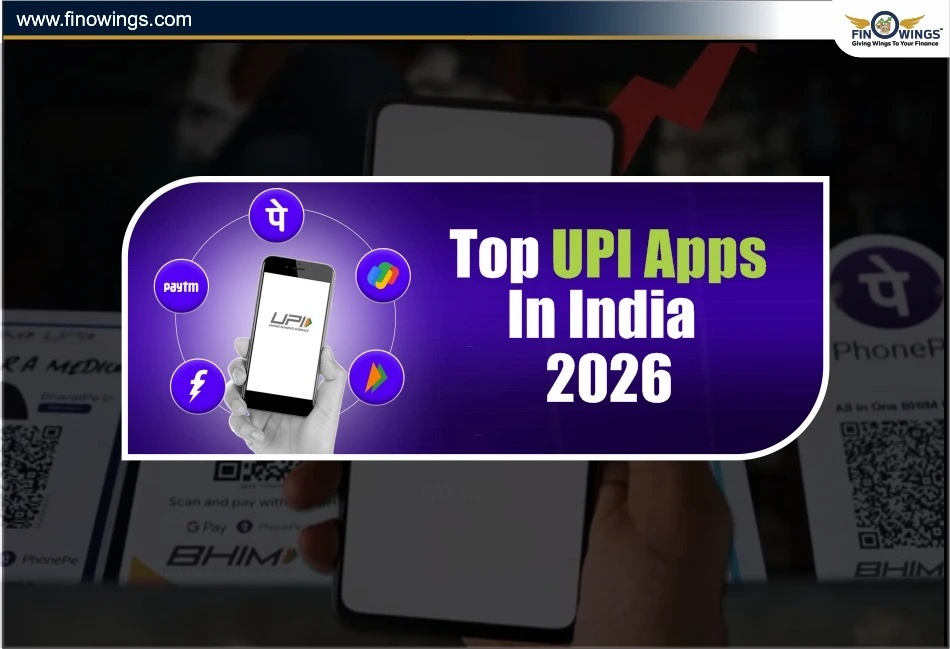Home >> Blog >> How to get Loan Against Silver: RBI’s new collateral Rule Explained
How to get Loan Against Silver: RBI’s new collateral Rule Explained

Table of Contents
- What Is the New RBI Rule on Silver Loans?
- What Types of Silver Can Be Used as Collateral?
- Silver Loan Eligibility Criteria
- How Silver Loans Work
- Why RBI Started Accepting Silver as Collateral
- Benefits of Silver-Backed Loans
- Risks and Precautions
- Impact on the Indian Lending Ecosystem
- When Will This Rule Come into Effect?
- Final Thought
India has long been a country where gold dominates both culture and credit. But that’s about to change. The Reserve Bank of India (RBI) has introduced a new framework that allows silver to be used as collateral for loans - a move that could revolutionise access to formal credit for millions of Indians.
In this blog, we have explained what the RBI's new rule says, how much you can borrow against silver, eligibility conditions, benefits, risks, and implications for both borrowers and lenders.
What Is the New RBI Rule on Silver Loans?
The "Lending Against Gold and Silver Collateral Directions, 2025," which the RBI recently announced, essentially permits banks and NBFCs to take silver as collateral for loans in the same manner that gold loans are.
In order to give lenders time to get their systems ready, these rules will take effect on April 1, 2026.
What Types of Silver Can Be Used as Collateral?
As per the guidelines of the Reserve Bank of India, the only eligible collateral will be physical silver owned by the borrower, which means no silver in the form of ETFs, mutual funds, or any paper silver products will be considered.
The following will be regarded as acceptable collateral:
-
Silver jewellery and ornaments
-
Silver coins (subject to a maximum weight)
The following will not be eligible collateral:
-
Silver bars, ingots etc.
-
Silver-backed mutual funds or ETFs.
This is to ensure there is real, tangible silver when loans are taken, which will reduce the speculative risk for the borrower and the bank.
Silver Loan Eligibility Criteria
RBI silver collateral guidelines also ensure there are specific limits on the amount of silver that can be collateralised and the maximum loan-to-value (LTV) ratios.
|
Silver Type |
Maximum Limit |
Loan-to-Value (LTV) |
|
Silver ornaments/jewellery |
10 kg |
Up to 85% (for loans ≤ Rs. 2.5 lac) |
|
Silver coins |
500 grams |
80% (Rs. 2.5 lac – Rs. 5 lac) |
|
Higher-value loans |
– |
75% (for loans > Rs. 5 lac) |
Apart from ownership of the silver, no other documentation is required. For the safety of the borrowers, the lender is unable to re-pledge or re-hypothecate the pledged silver.
How Silver Loans Work
The process of taking a loan against silver will be similar to a gold loan or properly RBI silver loan rules are described below:-
1. Visit a bank or NBFC that offers silver loans.
2. Submit your silver jewellery or coins for evaluation.
3. The silver is tested for purity and valued based on current market prices.
4. The loan amount is calculated using the bid-ask spread of silver and the applicable silver loan LTV ratio.
5. Once approved, the funds are disbursed - usually within 24–48 hours.
6. The silver is still with the lender and safe until the loan is repaid.
The lender will specify the acceptable repayment method - EMIs, bullet payments, or part-payments.
Why RBI Started Accepting Silver as Collateral
For a long time, people in India were able to obtain gold loans. It has helped countless small traders, farmers, and households gain access to quick credit. India has a lot of silver reserves too. Silver jewellery and coins are a common form of household savings, especially in small towns and villages.
The RBI wants to make silver a loanable asset to:
-
Bring household silver into the formal credit system
-
Encourage financial inclusion in semi-urban and rural India
-
Decrease dependency on informal lenders
-
Assist small traders, farmers, and businesses that hold silver.
Benefits of Silver-Backed Loans
1. Instant Liquidity- You can unlock the value of idle silver without the hassle of a sale.
2. No Credit History Required- Perfect for small traders and first-time borrowers who don’t have bank records.
3. Easy Repayment Options- You can choose to pay interest monthly or pay back the principal at the end of the loan tenure.
4. Rapid Approval- Once a valuation is done, loans are processed in a matter of hours!
5. Keep Silver- You get to keep silver and will be able to sell it later when the prices are higher.
Example of Borrowing Potential
As a case example, let’s say you pledge 5 kg of silver jewellery. This is valued at Rs. 1.9 lac per kg.
Total Value = Rs. 9.5 lac.
Based on RBI’s 80% LTV rule, the maximum amount you can borrow = Rs. 7.6 lac. If the loan amount is under Rs. 2.5 lac, the LTV can increase to 85% = higher loan limit.
Risks and Precautions
-
Silver prices change more sharply than gold, which can alter the value of the collateral.
-
Silver needs safe storage and is bulky, and more distant lending requires effective storage.
-
Large investors may find the 10 kg limit to be restrictive.
-
Silver loans are likely to have higher interest rates than gold loans because of the higher volatility.
Impact on the Indian Lending Ecosystem
In India’s developing credit landscape, the RBI has initiated silver lending or can be regarded as a silver loan scheme 2025.
For Borrowers-
-
Formal loans access tied to existing assets.
-
Ease of liquidity in rural and semi-urban regions.
-
Households are encouraged to put idle assets to use.
For Banks & NBFCs-
-
Widened clientele.
-
Entering new business opportunities in collateralised lending.
-
Better diversification and distribution of risk.
-
This also aligns with India’s goal of “financial inclusion for all”, as we will be bringing millions of new borrowers into the formal sector.
When Will This Rule Come into Effect?
Every bank and NBFC will adhere to the silver-loan guidelines issued by the RBI by April 1, 2026. This means that by the next financial year, you should be able to approach your bank and obtain a silver loan in the same way you acquire a gold loan - safe, secure, and legal.
One component of the RBI's larger financial policy framework is the silver loan regulation. See our essay on Monetary Policy Meaning and Its Effects on Stock Market to learn how the RBI's interest rate changes impact your portfolio.
Final Thought
The RBI allowing silver as collateral is a significant shift in India’s credit system and also in the lives of households with silver savings. For small businesses, farmers, and women in rural India, this will be a substantial leap in financial inclusion as they will be able to use silver jewellery as effective collateral. Lending in India will be even more effective and efficient.
DISCLAIMER: This blog is NOT any buy or sell recommendation. No investment or trading advice is given. The content is purely for educational and information purposes only. Always consult your eligible financial advisor for investment-related decisions.
Author
Frequently Asked Questions
The RBI’s new Lending Against Gold and Silver Collateral Directions, 2025 allows banks and NBFCs to offer loans against physical silver (ornaments + coins). This rule becomes effective from 1 April 2026.
Only physical silver owned by the borrower is eligible:
-
Silver jewellery & ornaments
-
Silver coins (up to 500g limit)
Silver bars, silver ETFs, and silver mutual funds are not allowed.
The eligibility depends on silver type and loan size:
-
Up to 85% LTV for loans ≤ ₹2.5 lakh
-
80% LTV for silver coins (₹2.5–₹5 lakh)
-
75% LTV for loans above ₹5 lakh
Maximum silver accepted: 10 kg jewellery or 500g coins.
Yes. The process is nearly the same—valuation, purity testing, LTV calculation, and locked storage by the lender. Approval is usually quick (24–48 hours).
Key risks include:
-
High volatility in silver prices, affecting loan safety margin
-
Higher interest rates compared to gold loans
-
Storage challenges because silver is bulky
-
Limited maximum quantity (10 kg) for large borrowers



















